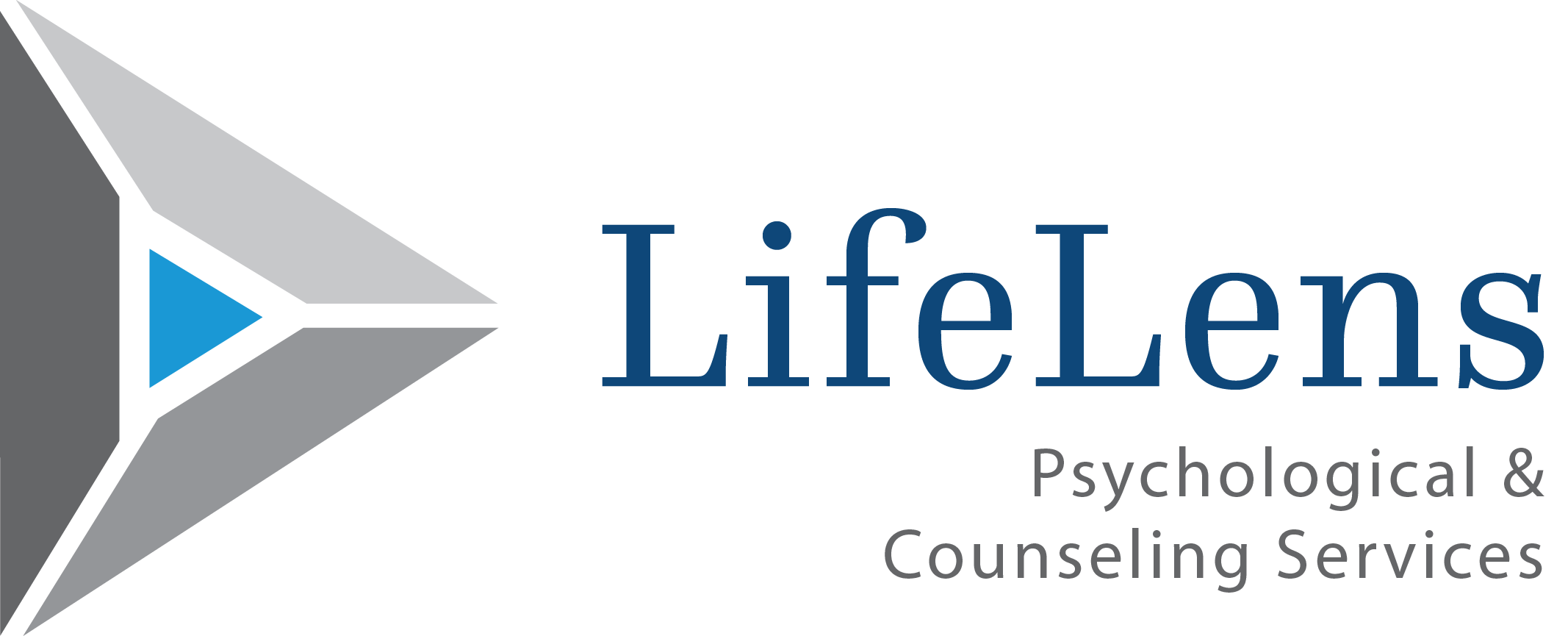The term opioid includes a number of pain-relieving medications, including hydrocodone, oxycodone, morphine, codeine, and other prescribed pain relief. What starts as a prescribed treatment may eventually morph into improper, non-medical use for the patient or, if shared with others, feed into other abuse or addiction scenarios. A 2014 National Survey on Drug Use and Health indicated that 4.3 million Americans utilized prescription painkillers for non-medical use in the month before the survey. The use of these drugs repeatedly and for non-medical uses can have startling impacts. According to the CDC, 44 people die each day in the U.S. from an overdose of prescription painkillers.
Treatment for Opioid Dependency
Sometimes referred to as “MAT” – Medication-Assisted Treatment – the most common route for helping those with an opioid addiction utilizes counseling services and medications to achieve and sustain recovery. Drugs like methadone and buprenorphine reduce the craving for opioids and the subsequent withdrawal symptoms that would otherwise occur. Naltrexone is a different drug that actually blocks the desired effects of an opioid, so using it doesn’t produce any feelings of euphoria or sedation.
Our team does not prescribe medications, including Opioids. When patients require medications, we will refer you to the appropriate doctor.
Learn more about the Opioid Epidemic and abuse in the U.S., and the call for doctors to prescribe it less frequently.
Working with you to identify an effective approach to therapy is what we do best at LifeLens
